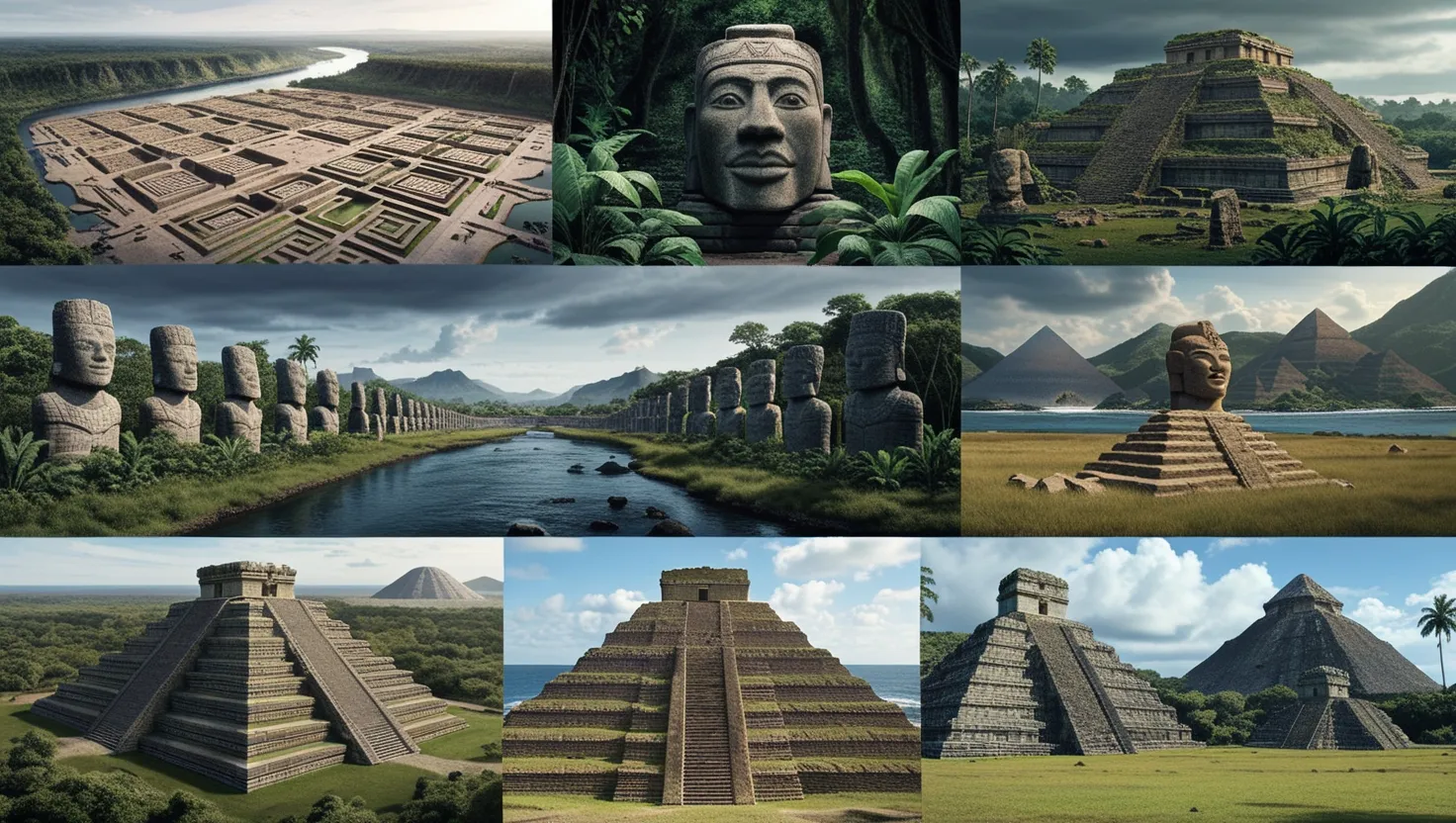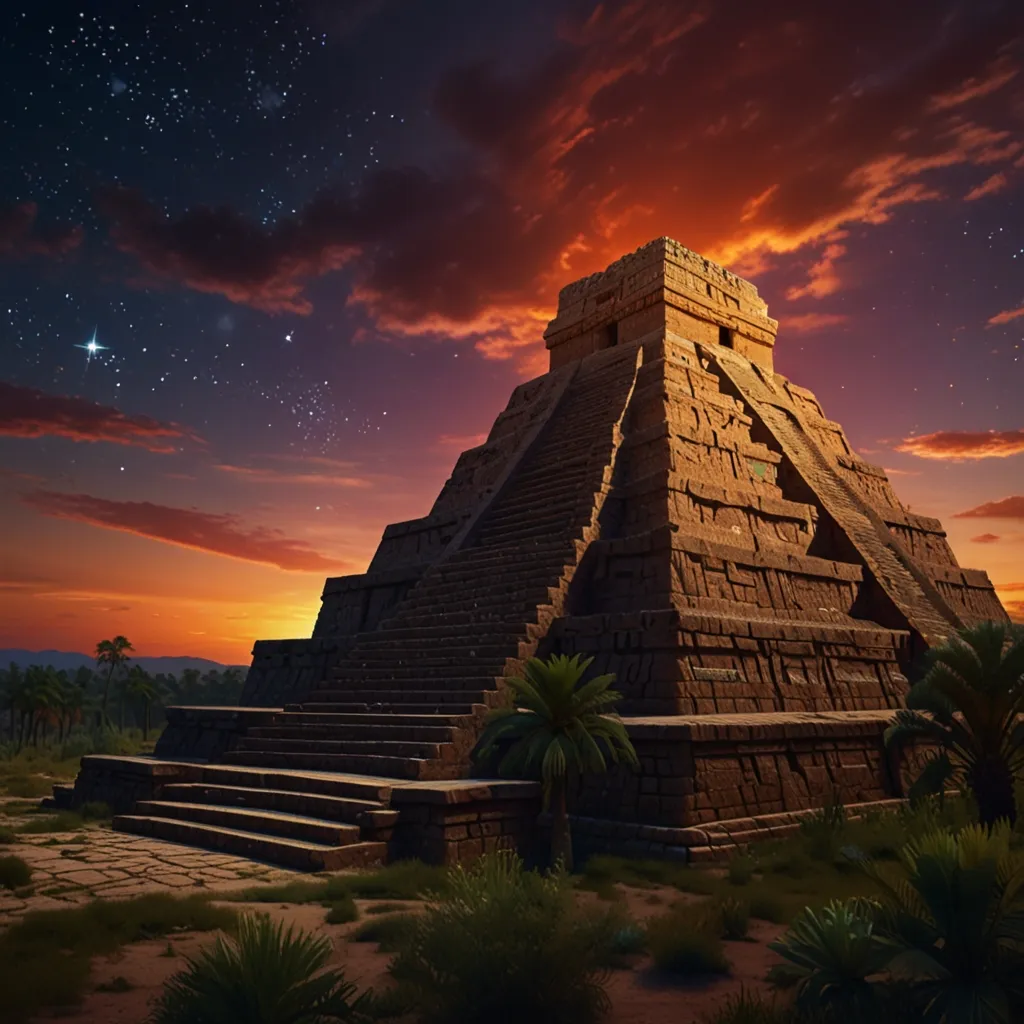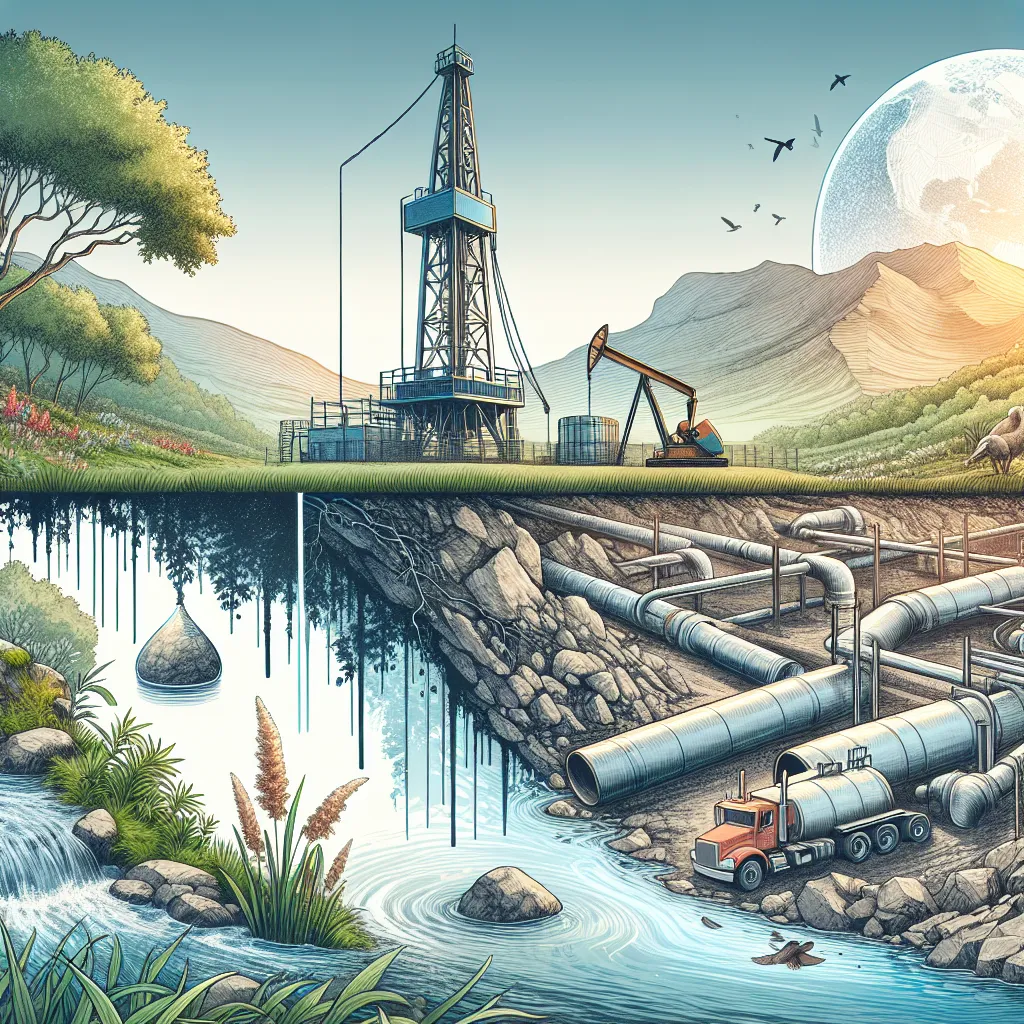If I told you that entire societies—some as grand as modern cities and others shrouded in obscurity—once flourished and then disappeared, would you believe me? History is littered with traces of cultures that seem almost to have been erased, not just by time but by mystery far thicker than dust. Today, I want to take you through five civilizations that force us to question not just what happened to them, but how much we really know about our own past.
Have you ever stood before an ancient ruin and wondered whether you’re gazing at the edges of another world’s map? That’s how I felt reading about the Indus Valley Civilization. Imagine a society over four thousand years old, spread across what’s now India and Pakistan, with cities—Harappa, Mohenjo-Daro—planned along mathematical grids, featuring brick houses and intricate drainage, all at a time when much of the world was still figuring out farming. Strikingly, no grand palaces, no ostentatious tombs—just everyday life, beautifully organized. They thrived, thousands of people living together in peace for centuries. And then, around 1900 BCE, everything stopped. The script they wrote in remains unreadable. Did rivers shift, drying up their fertile lands? Did diseases or invasions break them? Or did a simple change in economic or trade networks pull the rug out from under them? “The past is never dead. It’s not even past.” That line from William Faulkner rings true here—these people felt alien, yet so deeply familiar.
Next, let me take you to the Americas, where in the jungles of present-day Mexico and Guatemala, the Olmecs carved stone heads six feet tall, each with an expression that looks almost modern in its subtlety. The Olmecs are known as the “mother culture” of Mesoamerica, but that phrase does little justice to how little we really understand them. Why did they choose those immense basalt boulders? How did they move them through thick rainforest miles from the nearest quarry? Was this for gods, for kings, for ancestors—or something we can’t even properly imagine? The Olmecs vanish from the record about 400 BCE. Later civilizations took on bits of their culture, but the soul of theirs—their language, their names, their stories—is gone. “History is mostly guessing; the rest is prejudice,” wrote Will Durant. Nowhere is that more clear than with the Olmecs.
On the Mississippi, centuries before European explorers set foot in the region, Cahokia rose—North America’s largest pre-Columbian city. At its height around 1100 CE, Cahokia’s population may have rivaled some European cities. The focal point? Mounds of earth, especially Monk’s Mound, which even today remains the largest prehistoric earthwork in the Americas. What stands out to me isn’t just their engineering skill but their social complexity. What drove thousands of people to labor together, piling up millions of cubic feet of dirt by hand? Some say a new religious movement sparked unity. Others suggest that social hierarchies and control of resources created a powerful elite. Even the city’s end, around 1400 CE, is mysterious. Did environmental stresses like flooding push them out? Or did internal conflict or disease fracture the community? We don’t have written records, only ruins and the questions they provoke. “The greatest obstacle to discovery is not ignorance—it is the illusion of knowledge,” remarked Daniel J. Boorstin, and cities like Cahokia make that clear.
Turning our gaze to the farthest reaches of the Pacific, the Rapa Nui crafted their world on a tiny triangle of volcanic rock we call Easter Island. They raised the famous Moai statues—hundreds of them, some weighing nearly 80 tons—towards the sea. How did they move these giants, some almost as tall as a five-story building, without wheels or draft animals? More striking is the argument over what doomed their society. Was it self-destruction, a population collapse triggered by overuse of woodlands and dwindling resources as Jared Diamond proposes? Or did outsiders play a more disruptive role than we realize, introducing new diseases and shattering local economies? Or was their decline more gradual and nuanced, a blend of many small failures rather than one catastrophic mistake? I think about the Polynesian voyagers, brave enough to head out on open ocean. How did their descendants adapt, and what forced them to retreat? “It is not down in any map; true places never are,” said Melville. Easter Island proves the point.
If you’ve ever wondered how long a civilization’s memory could last, the Maya might answer: centuries, if not millennia. The Maya crafted cities of stone and jungle—Tikal, Palenque, Chichen Itza—rising above the canopy with pyramids taller than many European cathedrals. They charted Venus and eclipses with precision, wrote books of bark-paper, and shaped their world to mathematical and cosmological patterns. Their world stretched from the Yucatán deep into present-day Honduras. Then, in the 9th century, their great cities emptied. Scholars point to drought, environmental mismanagement, and war, but none of these explanations feels total. The Maya themselves endured—descendants still live in the region—but their urban world retreated. Why? I’m struck by how, even now, their histories—much of it still locked in yet-to-be-deciphered scripts—show that knowledge alone isn’t protection against collapse. The quote that always comes to mind: “Those who cannot remember the past are condemned to repeat it,” from George Santayana.
Doesn’t it feel odd, talking about entire civilizations as if they were puzzles missing half the pieces? But maybe the bigger question is, why do we find these stories so compelling? Is it because they mirror our fear for our own society’s fragility? The disappearance of the Khmer from Angkor, for example, challenges the idea that technological prowess guarantees survival. They mastered hydraulic engineering, built grand causeways, and temples that still defy time. Yet, in little more than a century, many of their greatest achievements fell silent under jungle vines. Was it war, drought, or some other cascade of small failures?
Now, let’s step back even further. New discoveries using LiDAR have brought to light enormous ancient cities beneath the Amazon and Southeast Asian jungles, suggesting our knowledge of the past is still skin-deep. Could we, in our own era, be missing other ancient cultures buried by flood, volcanic ash, or simply by the indifference of time?
I return again and again to the notion that the evidence may often disappear, erased by rising seas, shifting rivers, or even catastrophe from above. Think of the possible comet strike during the Younger Dryas, or global climate shifts ending Ice Age societies before they could leave behind anything we could easily find. It makes me ask: Are myths of floods, golden ages, and lost cities, just stories, or are they distorted echoes of real collapses?
Sometimes, I find myself staring at the scars on the Sphinx from sudden water erosion, the purposefully buried site of Göbekli Tepe, the mathematical logic in the Nazca Lines visible only from the air, and ask: Was there something—some global story—just out of view?
The lesson? Civilizations may fall for reasons we don’t expect: not just the dramatic ones, like wars and plagues, but gradual shifts in climate, trade, and belief. Or maybe, sometimes, the reason is something we haven’t even thought to look for yet. “The real voyage of discovery consists not in seeking new landscapes, but in having new eyes,” wrote Marcel Proust.
So, I put this question to you: If so much can disappear, how much of what we know is built atop misunderstandings, or even on silent warnings from people long gone?
As you wander museums or ruins or read books about the past, keep in mind how many questions still outnumber answers. What else will we find, and what assumptions will that upend? It’s the humbling, thrilling uncertainty of history, the invitation to always look again, that makes these lost civilizations more than just curiosities. They’re signposts, urging us to question not only how we see the past, but how we imagine the future will remember us.






